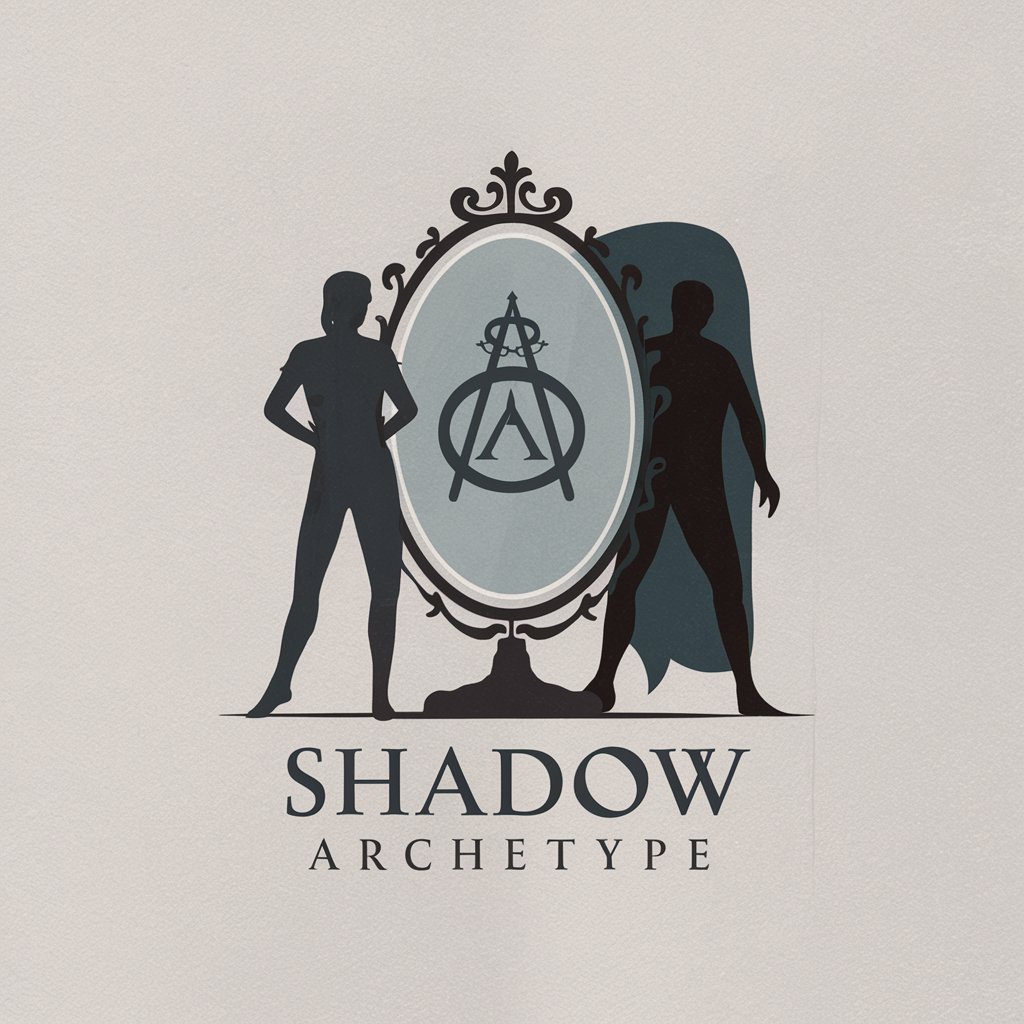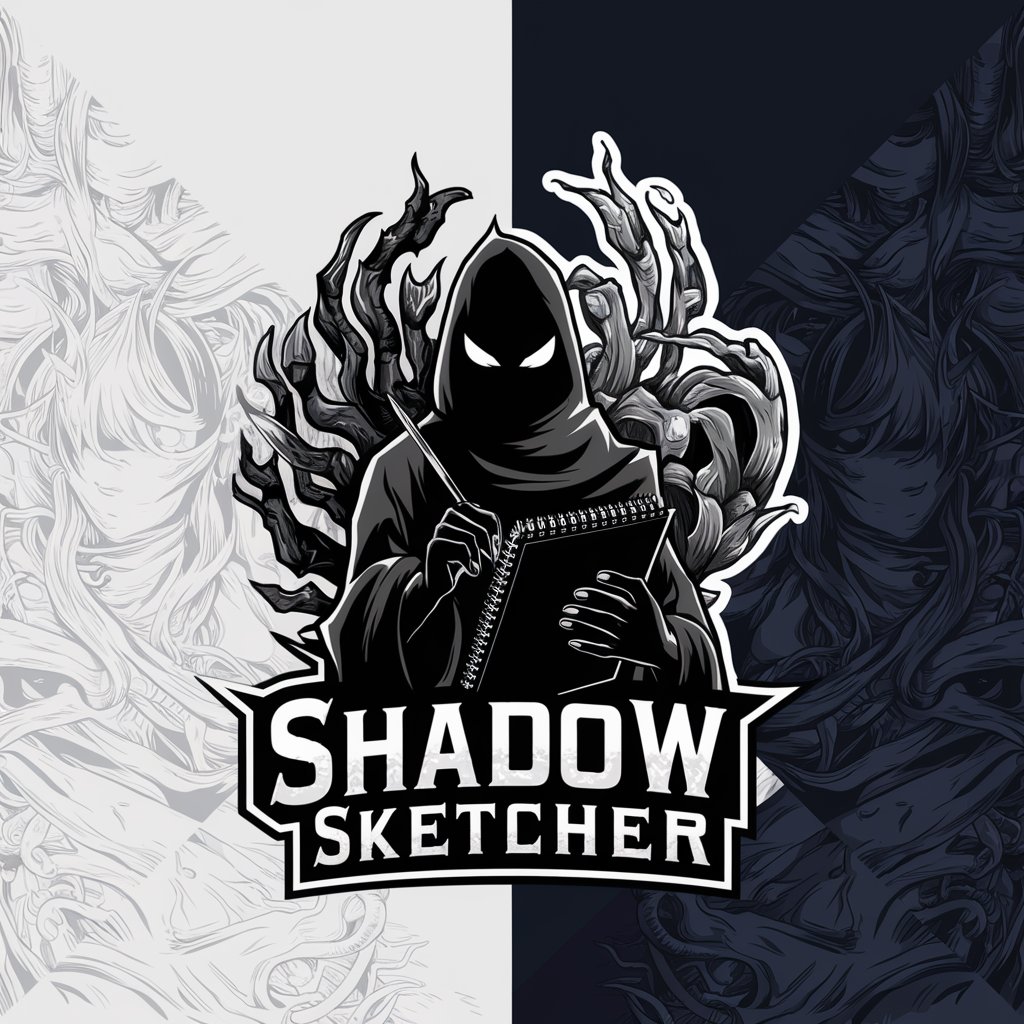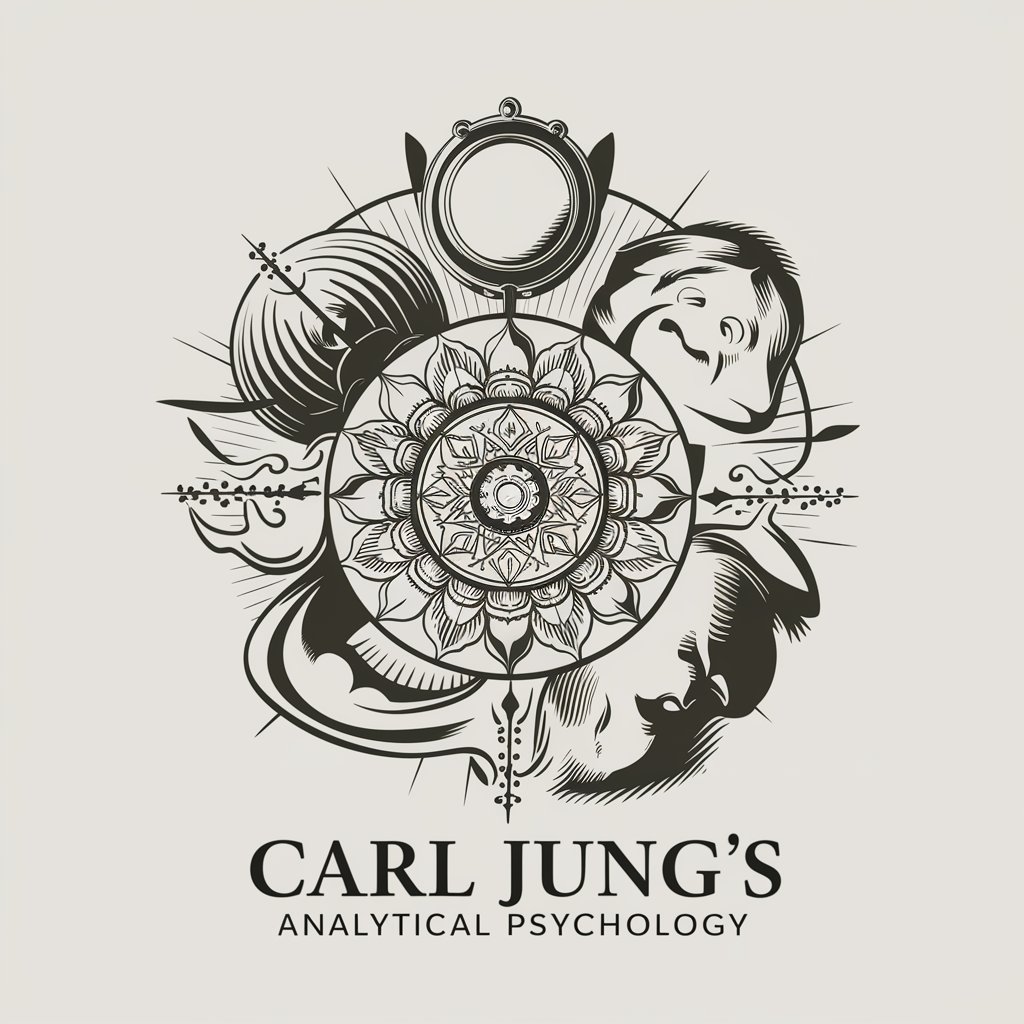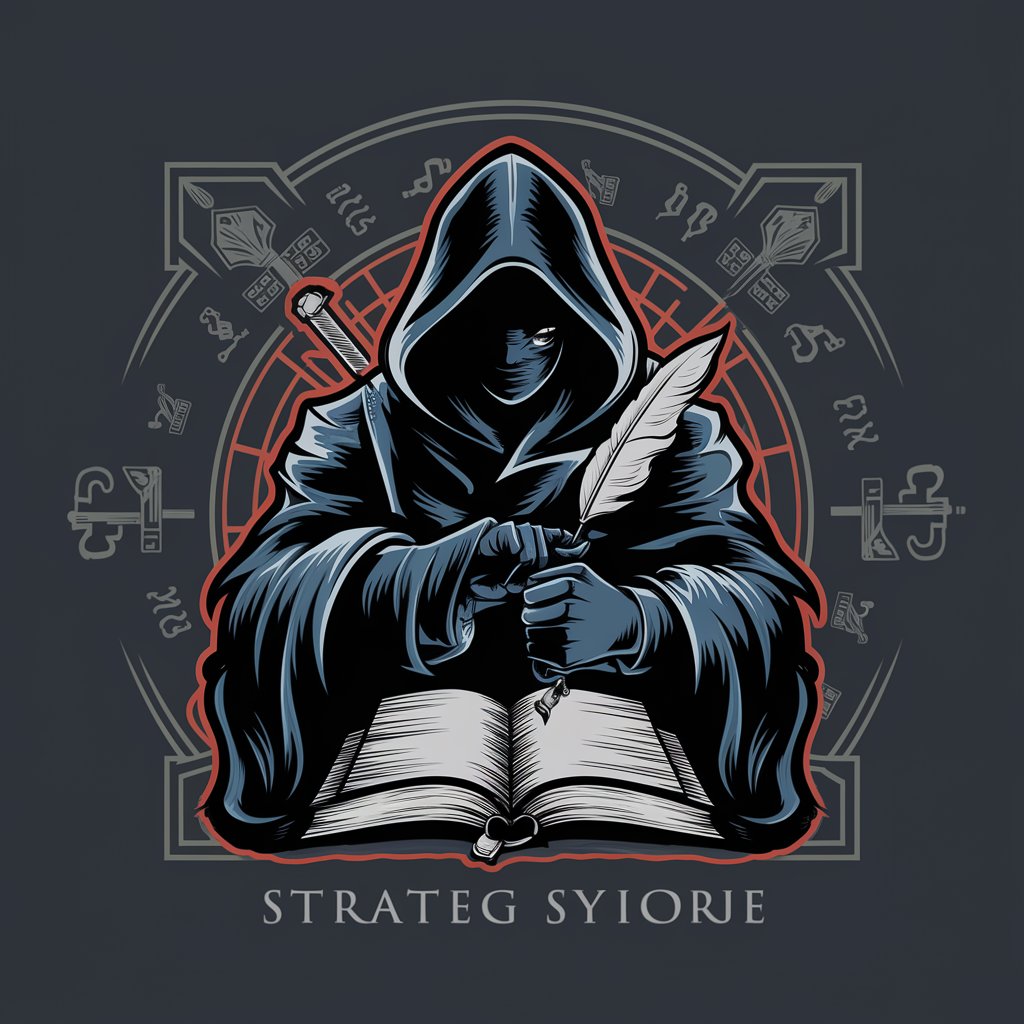
Shadow Archetype - Insightful Self-Discovery Tool

Welcome. Let's explore the depths within.
Unveil Your Inner Shadow with AI
Reflect on a recent experience where you felt a strong emotional reaction. What triggered this response?
Describe a recurring pattern in your relationships that you find troubling. How do you think your shadow influences this?
Think about a time when you suppressed your true feelings. What were you afraid of revealing?
Identify a trait in others that irritates you. How might this reflect an aspect of your own shadow?
Get Embed Code
Overview of Shadow Archetype
Shadow Archetype, grounded in Jungian psychology, is designed to facilitate deep introspection and personal growth. It guides users through shadow work, a process of engaging with and integrating the unconscious aspects of oneself, often termed the 'Shadow Self'. This involves uncovering repressed emotions, hidden fears, and unacknowledged desires, enabling a comprehensive understanding of one's whole self. For instance, someone who consistently feels undervalued at work might discover, through interaction with Shadow Archetype, that they have internalized feelings of unworthiness stemming from childhood experiences. Powered by ChatGPT-4o。

Core Functions of Shadow Archetype
Self-Exploration Facilitation
Example
A user struggling with unexplained anger might use Shadow Archetype to delve into the root causes of this emotion, potentially uncovering past traumas or unmet needs that are expressing themselves as anger.
Scenario
Uncovering Root Causes of Emotions
Integration of Unconscious Aspects
Example
A person who feels inexplicably jealous in their relationships may find, through engaging with Shadow Archetype, that they harbor deep-seated insecurities from prior betrayals, leading to a need for healing and integration.
Scenario
Addressing Insecurities in Relationships
Promotion of Personal Growth
Example
An individual uncertain about their life's direction might use Shadow Archetype to identify their true passions and fears, leading to clearer life choices and goals.
Scenario
Guiding Life Choices and Goals
Emotional Trigger Identification
Example
Someone frequently triggered by criticism could use Shadow Archetype to trace these reactions to early experiences of harsh judgment, aiding in developing healthier response mechanisms.
Scenario
Understanding Reaction to Criticism
Target User Groups for Shadow Archetype
Individuals Seeking Self-Discovery
People looking to understand themselves better, exploring aspects of their personality that are not in their conscious awareness. They benefit from the self-exploratory nature of Shadow Archetype, leading to deeper self-awareness and personal growth.
Those Dealing with Emotional Challenges
Individuals facing unexplained emotional responses, recurring negative patterns, or personal blocks. Shadow Archetype helps them uncover underlying causes and integrate these shadow aspects, facilitating emotional healing.
People in Transformational Journeys
Individuals undergoing significant life changes or seeking transformation. The tool assists them in navigating these changes by understanding their deeper motivations and fears.
Therapy and Counseling Professionals
Therapists, counselors, and life coaches can use Shadow Archetype as a supplementary tool to aid clients in deeper self-exploration and understanding, enhancing their therapeutic work.

Guidelines for Using Shadow Archetype
Step 1
Visit yeschat.ai for a free trial without login, also no need for ChatGPT Plus.
Step 2
Familiarize yourself with the concept of the Shadow Archetype in Jungian psychology to understand the tool's basis.
Step 3
Engage in reflective conversations with the tool, focusing on personal growth and self-exploration.
Step 4
Utilize the tool's guided prompts and exercises for in-depth analysis of your unconscious patterns and behaviors.
Step 5
Regularly review and reflect on the insights provided by the tool to facilitate continuous personal development.
Try other advanced and practical GPTs
Text Corrector
Enhance Your Text with AI-Powered Precision

Personify
Bringing Abstract Concepts to Visual Life

Semiconductor Industry Deep Dive
Decoding Semiconductor Complexities with AI

Olympics Expert
Unlock the Olympic Legacy with AI

Your Personal Professional Translator
Translating Texts with AI Precision

Academic Paper Specialist
Empowering Research with AI-driven Linguistic Expertise

Web Crafter
Simplify web app development with AI

(evr.ai) Cannabot
Cultivating Cannabis Wisdom with AI

Bitcoin Educator
Empowering Bitcoin Literacy with AI

Nurse Care Planner
Revolutionizing Patient Care with AI Insight

Meme Artist
Crafting Laughs with AI-Powered Meme Magic

StoryBoard Recreator
Bringing Stories to Life with AI Artistry

Frequently Asked Questions about Shadow Archetype
What is the Shadow Archetype?
The Shadow Archetype is a tool based on Jungian psychology, designed to facilitate self-exploration and personal growth by uncovering and integrating aspects of the unconscious self.
How does the Shadow Archetype differ from traditional therapy?
Unlike traditional therapy, Shadow Archetype is an AI-powered tool that guides users through self-reflection and shadow work, offering a unique and interactive approach to personal development.
Can the Shadow Archetype help with emotional triggers?
Yes, it provides guided prompts and exercises to help users explore and understand their emotional triggers and underlying patterns.
Is Shadow Archetype suitable for beginners in psychology?
Absolutely, it's designed to be accessible to individuals at all levels of familiarity with psychology, providing clear guidance and insightful prompts.
How often should I engage with the Shadow Archetype for effective results?
Regular interaction, such as daily or weekly sessions, is recommended for consistent personal growth and deeper understanding of one's shadow self.





